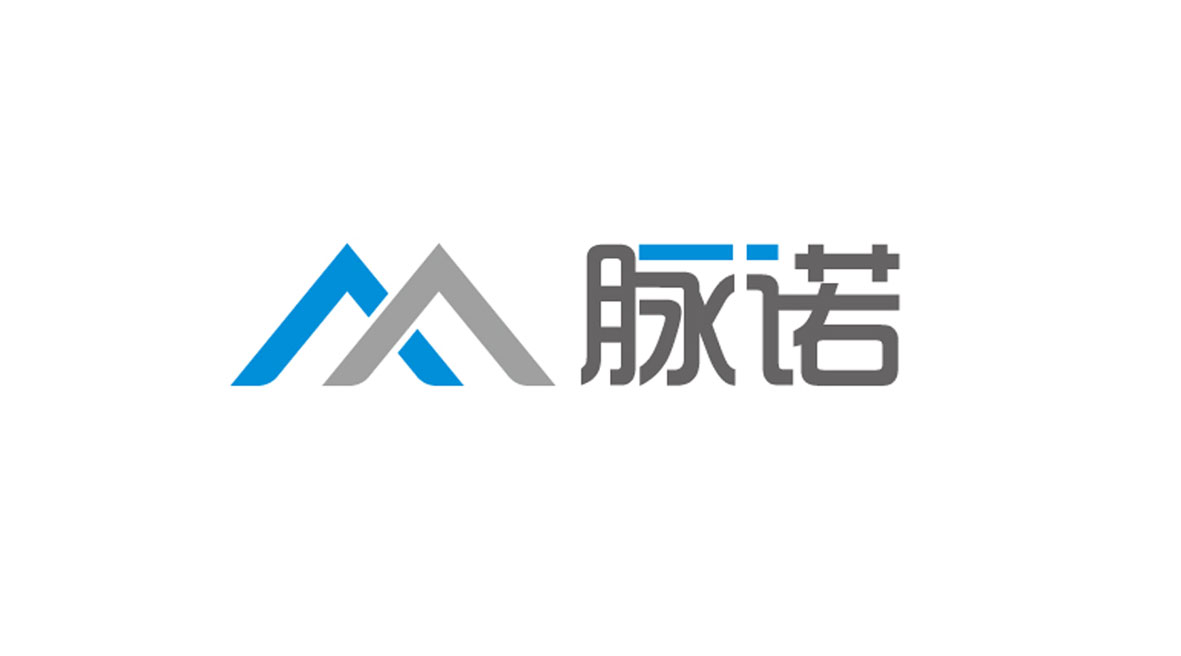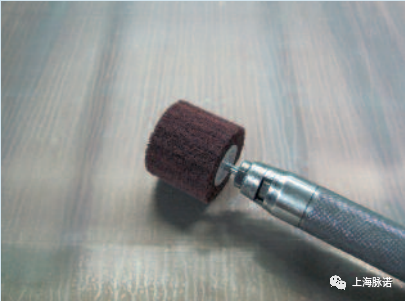技术交流
 钛合金微弧氧化技术(一)[2023-11-21 ]
钛合金微弧氧化技术(一)[2023-11-21 ]一. 钛合金微弧氧化概述 微弧氧化 ( Microarc oxidation,MAO) 又称微等离子体氧化(Micmplasma oxidation,MPO),由于在研究这项技术的过程中,对微弧氧化本质认识的不同,因此在发展过程中出现了不同的术语:阳极火花沉积,火花放电阳极氧化,等离子体电解阳极化处理,而一般称为微弧氧化或微等离子体氧化。 微弧氧化是指把有色...
 蒸汽灭菌器不锈钢表面资讯(第八期)[2023-10-16 ]
蒸汽灭菌器不锈钢表面资讯(第八期)[2023-10-16 ]5. 摘要 Summary 鉴于大量的影响参数和由此产生的复杂相互关系,以及不同影响因素的平行效应,负责消毒设备的 人员 往往发现在实践中很难确定实际导致腔室内部不锈钢表面(不希望的或麻烦的)改变的具体原因。 In light of the large number of influencing parameters and the resulting complex interrelations, and be...
 蒸汽灭菌器不锈钢表面资讯(第七期)[2023-10-07 ]
蒸汽灭菌器不锈钢表面资讯(第七期)[2023-10-07 ]4.3 电化学(阳极)清洗 Electrochemical (anodic) cleaning 受红锈 污染的不锈钢表面的电化学(阳极)清洁基于电抛光的概念。 Electrochemical (anodic) cleaning of stainless steel surfaces contaminated with rouging is based on the concept of electropolishing. 作为电镀过程的相反面,电抛光使用适合的电解液...
 蒸汽灭菌器不锈钢表面资讯(第六期)[2023-09-25 ]
蒸汽灭菌器不锈钢表面资讯(第六期)[2023-09-25 ]4.2 化学去除方法 Methods of chemical remova l 化学去除有不同的选择,每种方法将在下面进行描述。 这些选项可以单独使用,也可以在必要时相互组合使用。 There are different options available for chemical removal, each of which will be described below. These options can be
 蒸汽灭菌器不锈钢表面资讯(第五期)[2023-09-18 ]
蒸汽灭菌器不锈钢表面资讯(第五期)[2023-09-18 ]3. 清洁和维护 腔室 Cleaning and maintaining the chamber 3.1 清洁 残余( Cleaning residues) 在清洗灭菌室时,必须遵循特定灭菌器制造商提供的用户手册和维护说明。不应使用灭菌器制造商未明确推荐或批准的清洁剂和方法。 When cleaning a sterilization chamber, it is important to f...


 微信公众号
微信公众号